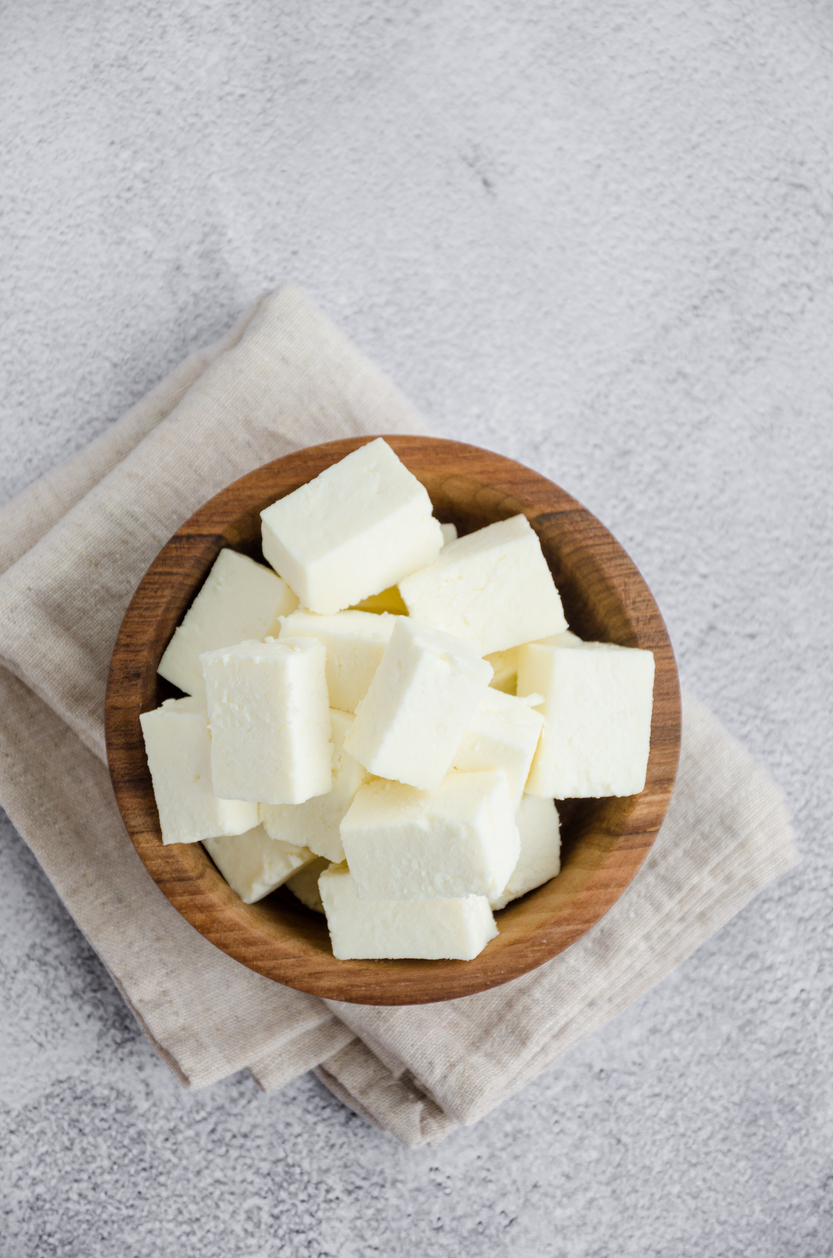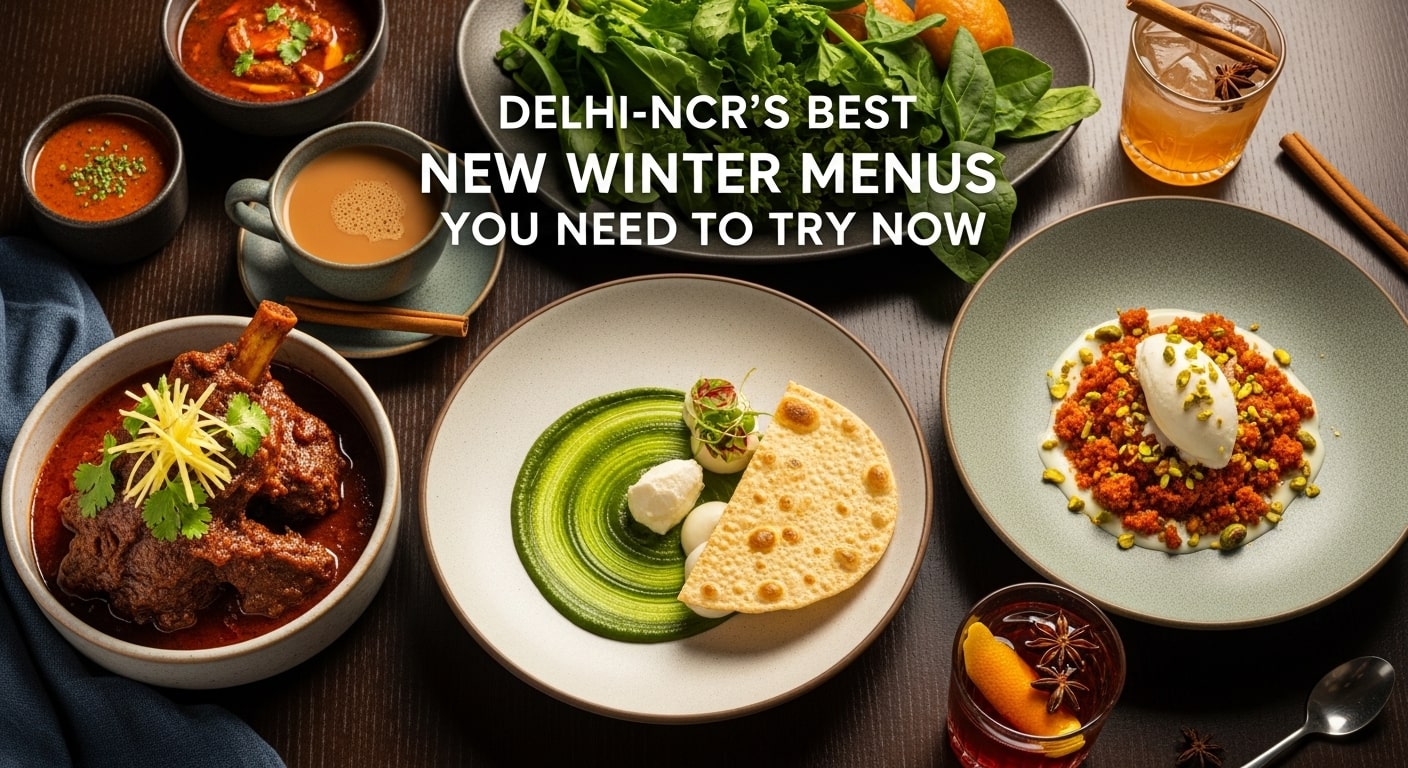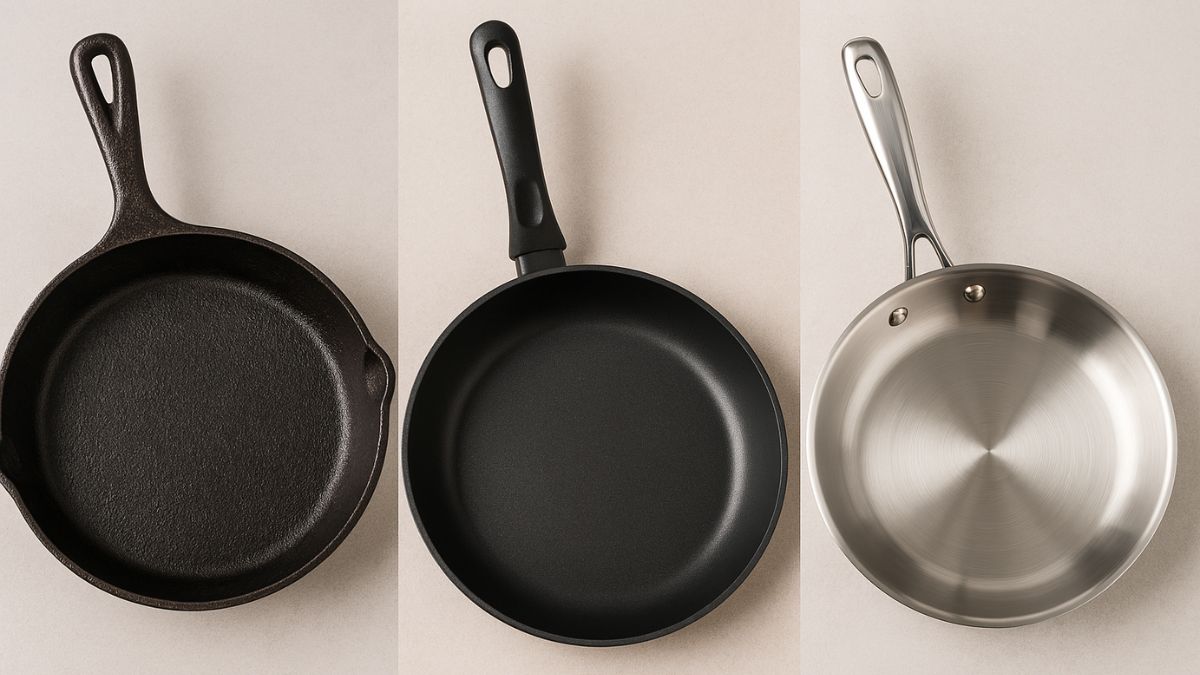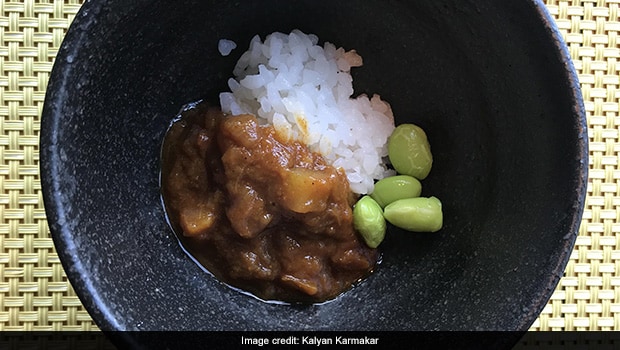What is the first dish that comes to your mind when you think of Japanese food?
Sushi, you say?
What else?
Sashimi? Ramen? Miso soup? Tempura? Yakitori?
What about curry? Intrigued?
Well, Japanese food writer Makiko Itoh had the following to say in her article titled "Curry. It's more Japanese than you think," which was published in the Japan Times in August, 2011:
"The quintessential spicy dish in Japan is curry, which is so popular that it's regarded, along with ramen, as one of the top two national dishes - ahead of sushi and miso soup."
When I landed in Japan on a holiday earlier this month I realised what she meant. There seemed to be curry everywhere I looked!
In all major train stations to start with, be it Tokyo, Kyoto or Osaka, come lunch time and you would see that the restaurants serving curry there were the ones most packed.
The clientele? Entirely Japanese. As was the staff. Chefs and waiting staff both.
Restaurants in Japan have plastic mock ups of the food on offer showcased in the shop front to help customers decide on what they want to eat. The shop windows of the curry shops have an array of white plates on display. Half of each plate shows rice. The other half appears to be covered with a uniform brown layer, with some meat or seafood perched on a sea of brown. This rather monochrome brown is the house colour of the curry shops of Japan.
In fact, it is not just the curry restaurants of Japan that offer curry. You will find curry in its traditional coffee shops too. I am not talking of the many Starbucks and the Tullys and the Dean and Delucas here, but the coffee shops that serve drip coffee and not cappuccino, and offer an array of food too. You would see replicas of a curry rice dish standing proudly among those of plates of egg fried rice, ramen, pasta, veg au gratin and caramel custard in the front window.
Curry features prominently in Tonkatsu places too. Tonkatsu refers to pork cutlets and is not to be confused to with 'Tonkotsu', the name for the creamy, and dreamy, pork bone broth based ramen. The famous Japanese dish, katsu curry, refers to cutlet (katsu) served with rice and curry. You could even have a chicken katsu curry and not just pork.
(Also Read: Japanese Food: Top 10 Dishes from Sashimi to Yakitori Chicken)

When I asked my Tokyo based food-writer friend, Yukari Sakamoto, whose book Food Sake Tokyo was our Bible during our time in Tokyo, about her views on curry then she had the following to say, "Curry? I love to eat it. Both Japanese style and Indian".
Yes, the two curries, Japanese and Indian, are not considered to be the same by locals and rightly so.
The primary association with Indian curries in Japan is that it is 'hot' (chilli heat). Thanks possibly to a curry known as the Nakamuraya Curry if one goes by the interesting
back story to this curry which Japan based Bangladeshi expat writer, Probir Bikash Sarkar, spoke of in an interview to the Sunday Telegraph in September, 2013. Starring in this story is the late Rashbehari Bose, an Indian freedom fighter who had taken refuge from the British in Japan in 1916. He then married a Japanese lady named Toshika who unfortunately passed away due to tuberculosis in 1925. His father-in-law, Aizo Soma, ran a bakery called Nakamura Bakery which was earlier owned by the Nakamura family. Two years after his wife's demise, Bose told his father-in-law that he wanted to sell chicken curry and rice in the bakery. They then set up a restaurant called Indo No Mone to sell the curry. Bose used his own recipe for this and the result was a curry which was different from what was prevalent in Japan then. It was called the Indo karii or Indian curry.
Indian curry? But aren't all curries 'Indian'?
Well it was not so in Japan till then.
Curry was introduced to Japan during the Meiji era (1868 - 1912) it is said, by the officers and cooks of the British Royal Navy. Emperor Meiji, who ruled Japan then, was instrumental in transforming the Japanese from an insular feudal society to one open to Western influences. This also meant that Western dishes such as pasta, bechamel sauce-based bakes, cakes and puddings and custards began to enter the Japanese culinary space. You still have restaurants in Japan offering these dishes. These are similar to the classical 18th and 19th century French-influenced fare that you will still find in restaurants such as Mocambo and Peter Cat in Kolkata, the United Coffee House in Delhi and Gaylord and Gallops in Mumbai. Memories of the British empire that lingered on long after it was disbanded.
Curry in Japan was a seen as a western dish at that point. Till Bose spiced things up a bit with the Nakamuraya Indo Karii. Trust a fellow Bengali to fight back with food, one could wryly say. Offshoots of the original Nakamuraya Cafe still exist in Tokyo today, though the ownership is said to have changed. Their curries are packaged as well and are available in super markets now. I did not come across the Nakamuraya curry in my short trip I am afraid, but this is what Yukari had to say on the brand:
"I have been a few times to Shinjuku Nakamura for curry. There is a branch at Takashimaya department store near Shinjuku station. It's kid-friendly and there are plastic food samples in front of the shop making it easy to decide what to eat. The curry is a bit hotter (spicier) than Japanese-style curry and goes well with a cold beer. The Nakamura curry packs are sold at our local supermarket. We always keep both beef and chicken on hand in our home. For packaged curry it's surprisingly delicious and is easy to reheat at home."
So, do think twice before you go running into the nearest 'curry' shop when in Japan looking for ghar ka khana (Indian food). You might be better off going to the token Indian restaurant, which every big mall in Japan seems to have, instead. These places hawk chicken tikka masala and saag paneer and bear names such as 'Taj Mahal,' 'Jaipur' or 'Saffron', as most Indian restaurants located in tourist spots across the world seem to be. There are more Indian restaurants tucked in the lanes of the cities which locals would be familiar of. We rarely eat Indian food when travelling abroad so I will not be able to tell you much about them, I am afraid.
I did try out a few Japanese curries during the trip for the sake of 'research'.
The first was at the Edo Museum in Tokyo. The complex has an outlet of a restaurant named Misaka Kaikan, which traces its origins to 1925. We tried the seafood curry there. What struck me about the curry was that it seemed to have a very distinct 'Parsi' aroma. Let me explain what I mean. The dominant taste memories that the curry evoked in my mind was that of the Parsi sambar masala which is not to be confused with the sambarof south India. The curry was rather thick and seemed to be a cross between theParsi dhansakand kaala masoor dalin terms of both texture and colour.
There could be a reason for this. Curry spice powders exported from the UK were key to the original curry culture of Japan. This to me explained the similarity that I felt between the Japanese curry that I tried and Parsi dishes that I am familiar with. The Parsi sambar masala and curry powder have a lot of ingredients in common, after all.
The thickness of the Japanese curry comes from the use of roux, a flour and fat based thickener used in French cooking. This makes the curry far more viscous than the curries that we are used to in India. Interestingly, Misaka had a dish called 'Indian chicken curry' in the heritage section of their menu.
The next curry that I tasted was one that I spotted at the breakfast buffet spread at the Mandarin Oriental Hotel in Tokyo. This was a vegetable curry, the taste, texture and smell of which reminded me of the bhaaji (of the pav bhaaji) of Mumbai. That would be the curry powder at work again, one could say. I had a few bites of it and then went back to the scrumptious signature eggs benedict at the hotel, which uses crab meat instead of the standard ham or bacon and features avocado in the Hollandaise sauce, instead. That is closer to my idea of a good breakfast, though curry is a popular breakfast option in Japan I am told.
My last curry exploration took me to a curry shop named San Marco at the Osaka station. The aromas that greeted me when I stepped into the shop took me back to the Bangladeshi run 'Indian' curry shops in London's Brick Lane. Curry powder, garlic, red chillies being the dominant notes. Yet, when you looked around, there were only Japanese folks in the restaurant. No Bangladeshis or British, and definitely no Indians.
(Also Read: 5 Famous Varieties of Ramen You Must Try in Japan)

San Marco at the Osaka station
We tried two curries at San Marco. The first was beef curry. I was offered a plate split equally between a portion of sticky rice and an equally sticky curry. The latter infused with a touch of chilli heat. It had a few miniscule pieces of tender meat in it. The sort of carb heavy, economical food that makes the world go around. I wondered if the chilli heat in this curry was a hat tip to the late Mr Bose.
My wife wanted to have a chicken curry, but without rice. The chef and the staff looked at each other perplexed on hearing this and even giggled politely for a few seconds. This was the only time that this happened to us on the trip. The Japanese do not judge you otherwise, even when you ask for forks instead of chopsticks. However, ask for curry without rice and you leave them baffled, it seems. The most common way to have curry here is the kare raisu. Raisu is rice, a short grained sticky rice variety. Kare is how kari is spelt and pronounced in Japan now that they have made the curry of the West their own.
The Japanese are very polite, of course, and once the chef got over the shock of our asking for a curry without raisu, he added some vegetables to the mix and offered my wife a rather pretty plate.
How was the chicken curry? Sweet. Very sweet. Asha Parekh in Love in Tokyo sweet.
The sweetness comes from the use of fruits such as apples (!) in the curry. Yes, we can blame the British for that.
And thus, ended my curry adventures in Japan. I decided to leave the curry for the Japanese from then on, and immersed myself in copious bowls of ramen for the rest of my trip.










